The offer of services/products resulting from the RDI activity of the National Research and Development Institute
in Forestry “Marin Drăcea”
- The implementation and application of new dendrometric methods and mathematical-auxological models in forestry practice and in the forest management planning system.
- Implementation and application of technical procedures and practical methods for determining the volume of trees in relation to the measured diameter.
- The foundation and implementation of technical solutions for the management of beech stands of advanced age in order to assess the quality of the wood.
- Identification of changes in forest vegetation coverage caused by wind blows, fires, anthropogenic factors, etc.
- Biometric characterization of stands by applying methods of processing information obtained from LIDAR images.
- Developing new methods to prevent and reduce the impact of climate change and other biotic and abiotic stress factors on forest biodiversity.
- Assessing and monitoring the diversity of forest ecosystems.
- Elaboration of forest management planning on ecological and economic bases.
- The development of specialized IT applications for various activities in forestry practice (evaluation of the volume of wood intended for commercialization, development of forest management planning, etc.).
- Assessment and analysis of the action of climate changes and the quality of environmental and socio-economic factors on forest ecosystems.
- Increasing the contribution of the forestry sector to rural development and environmental protection.
- The improvement and development of procedures and models for the regulation of the production process, the assessment and forecast of forest resources, their exploitation and use.
- Analysis, evaluation and long-term inter- and multidisciplinary research/monitoring of the state of forest ecosystems and their biodiversity under the action of climate change and other biotic and abiotic stress factors.
- Quantification of the productive, protective and landscape functions of forests and the ecosystem services provided by them.
- Development and implementation of specific models for determining the carbon stock in forest biomass.
- Development and implementation of assessment models of organic carbon stored in forest soils and their litter.
- Stationary reclassification of the affected areas from the forest stock, as a result of the change in environmental conditions (anthropogenic, climatic).
- Knowledge of the ecological behavior of forest species in the conditions of environmental changes.
- Sustainable utilization of secondary forest products.
- Application of technical regulations for the production and use of reproductive forest materials, as well as for the sustainable management of source units.
- Developing studies and creating databases on the genetic diversity and vulnerability of trees.
- Quality certification of forest genetic resources.
- Creation and transfer, for the main tree species, of reproductive forest materials (seeds, saplings, cuttings) genetically improved and of high biological value (resistant to diseases, pests, climate change, pollution, etc.).
- Evaluation of the genetic diversity of forest species in order to increase their adaptability to climate changes, reduce genetic isolation and preserve populations of hunting interest.
- Development and implementation of new methods of evaluation and monitoring of the main species of hunting interest.
- Correcting the limits of hunting funds according to the legislation in force.
- The foundation and application of keys to credit the hunting funds for the main species of hunting interest.
- Development and implementation of new measures regarding the management of hunting resources.
- The promotion of new technologies for the conservation of endangered species or of special interest.
- Biodiversity conservation and productivity increase in hunting funds.
- Elaboration of measures for the ecological reconstruction of stands affected by biotic and abiotic factors (abnormal drying, degradation, weakening).
- Assessment of the condition of softwood stands outside the area, analysis of the behavior of stands installed on degraded land and American poplar crops.
- The development and transfer of new, specific technologies for the ecological reconstruction of degraded lands in and outside the forest stock.

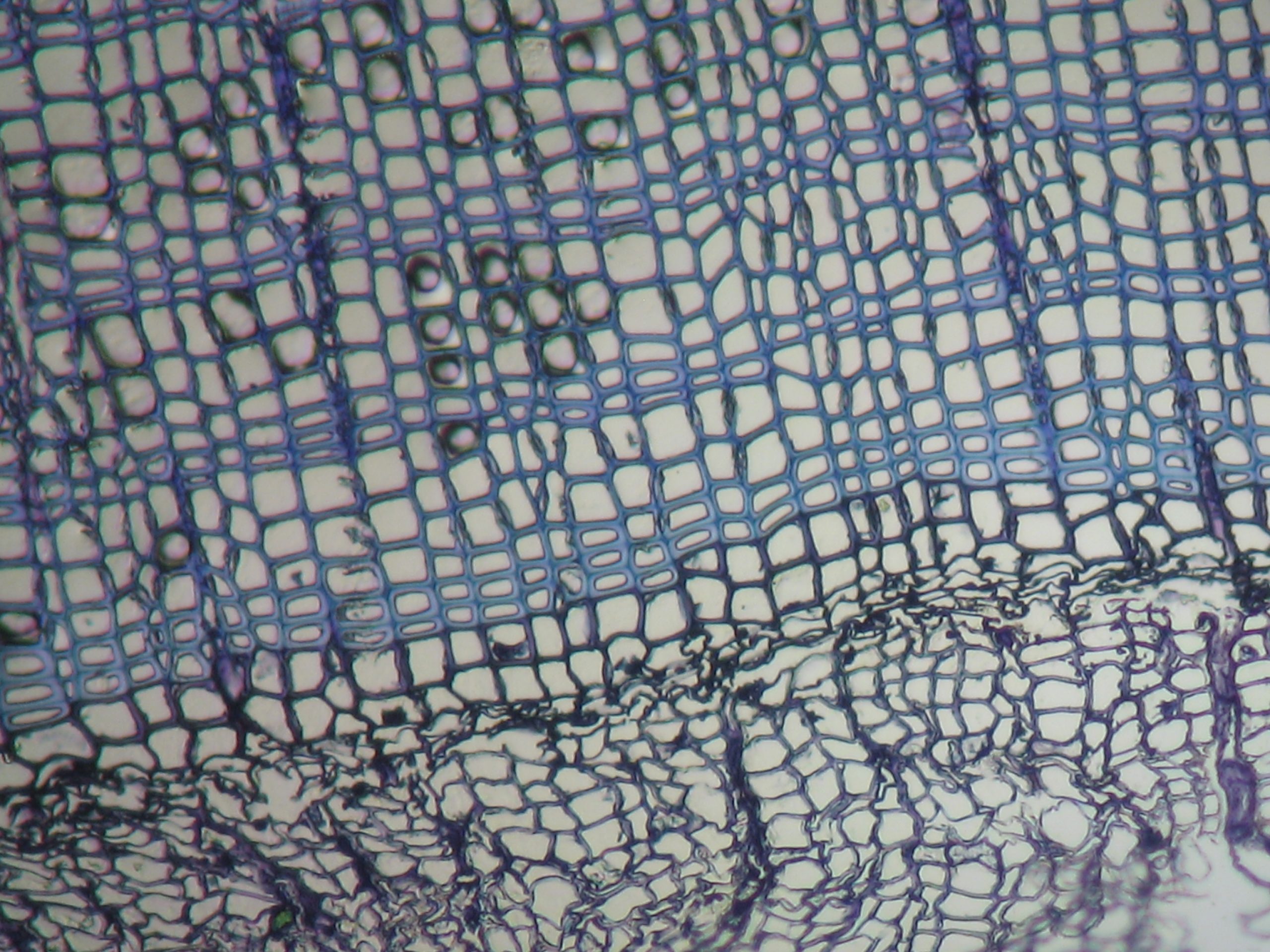

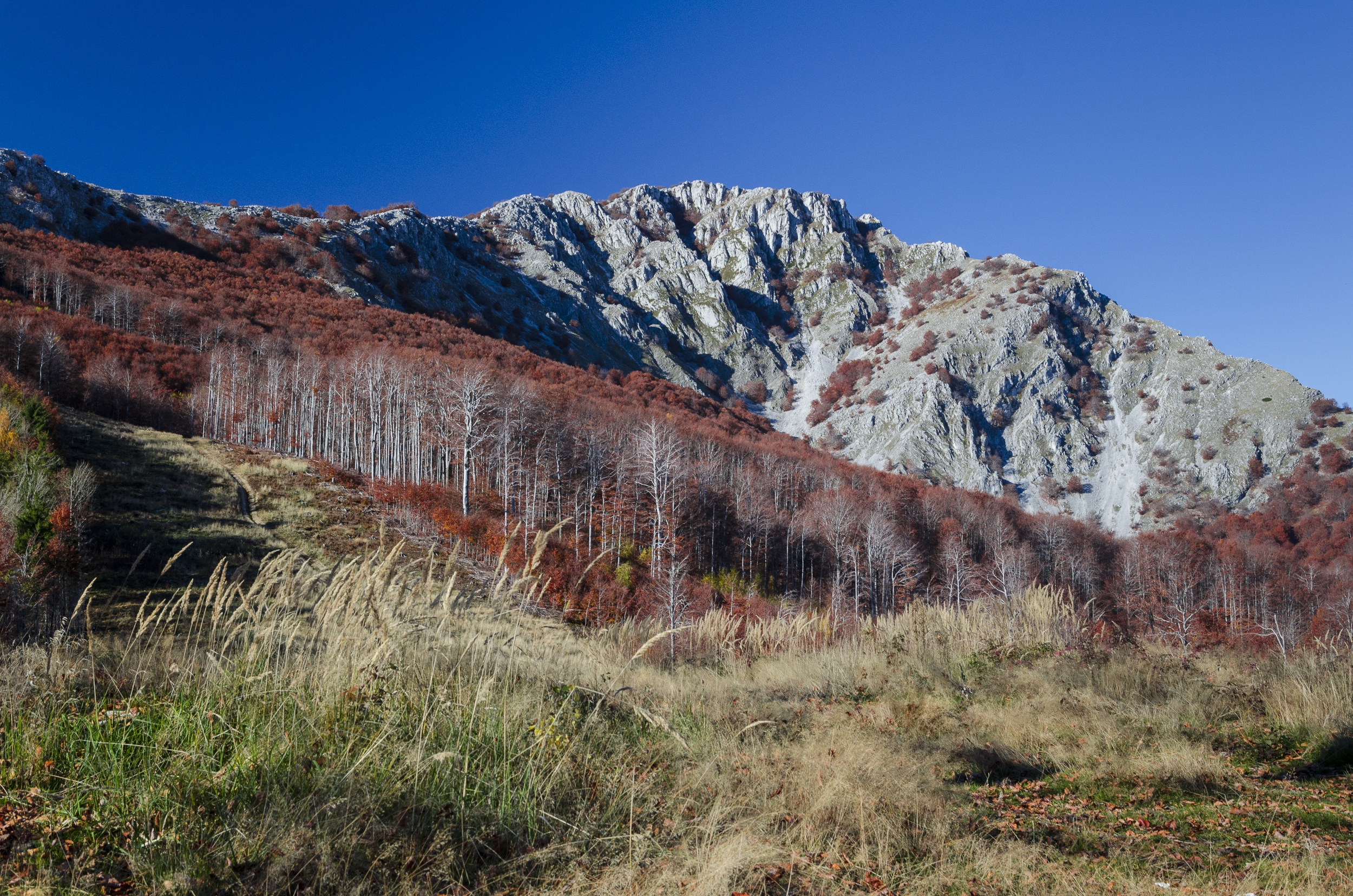
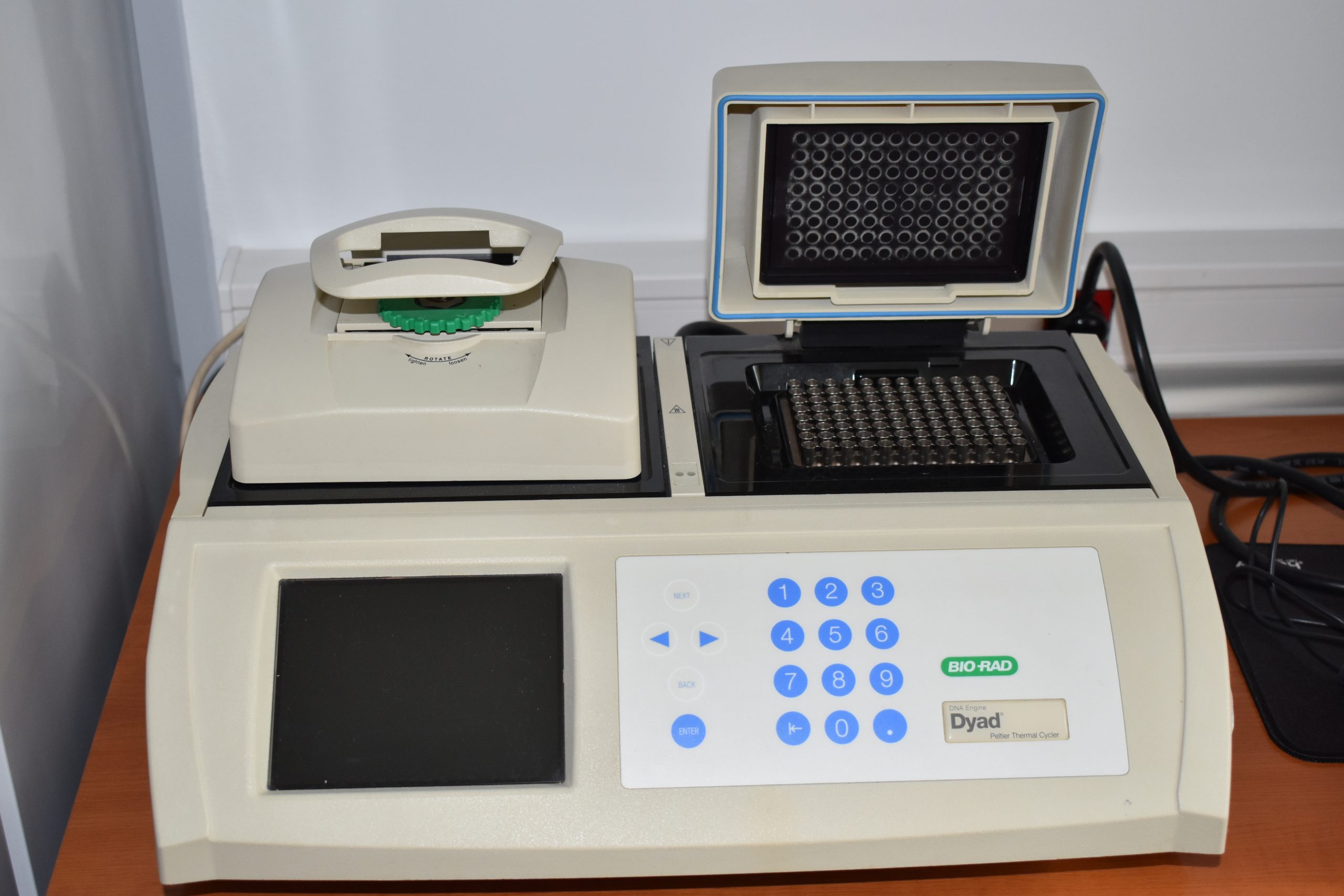
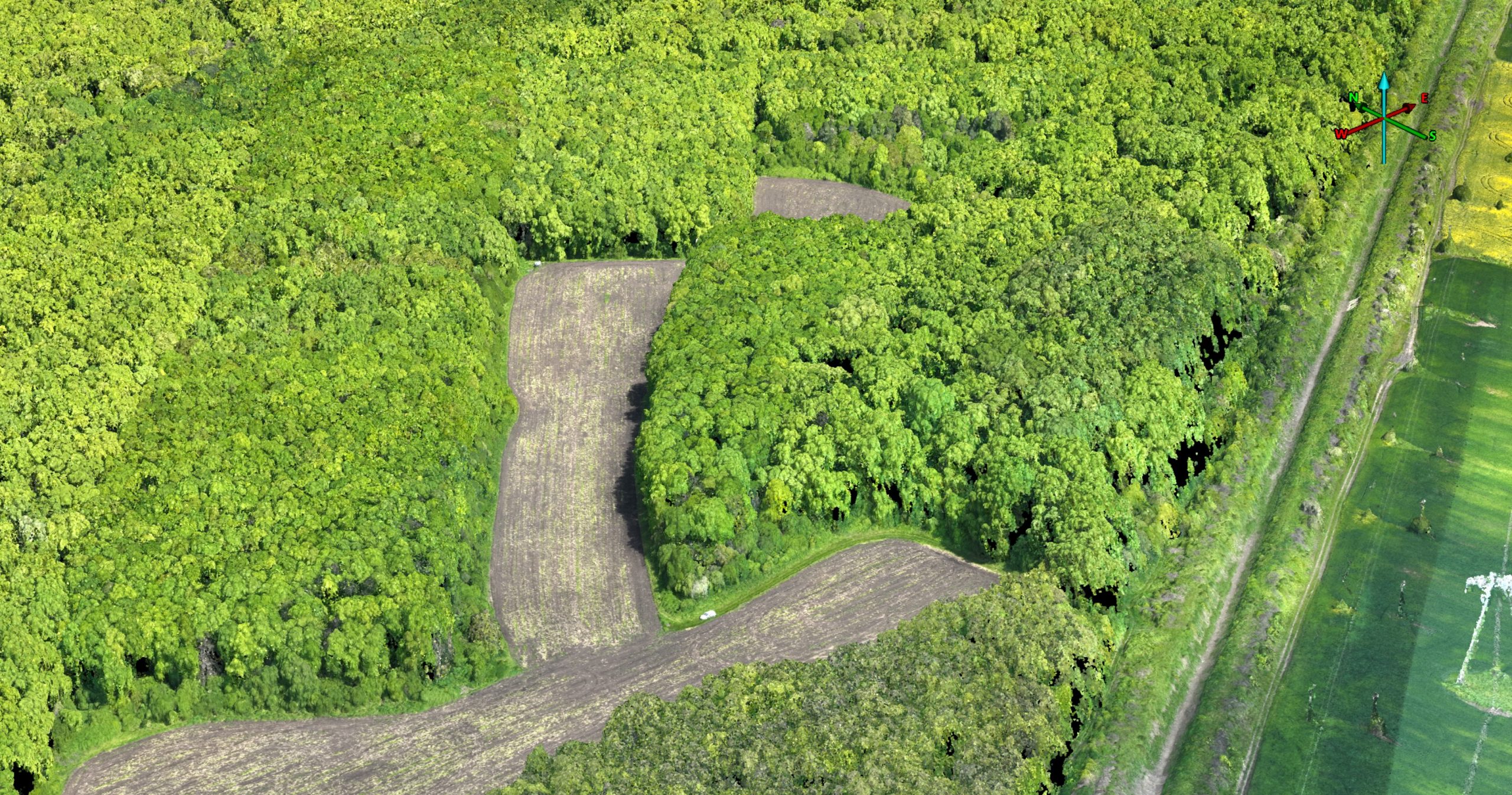
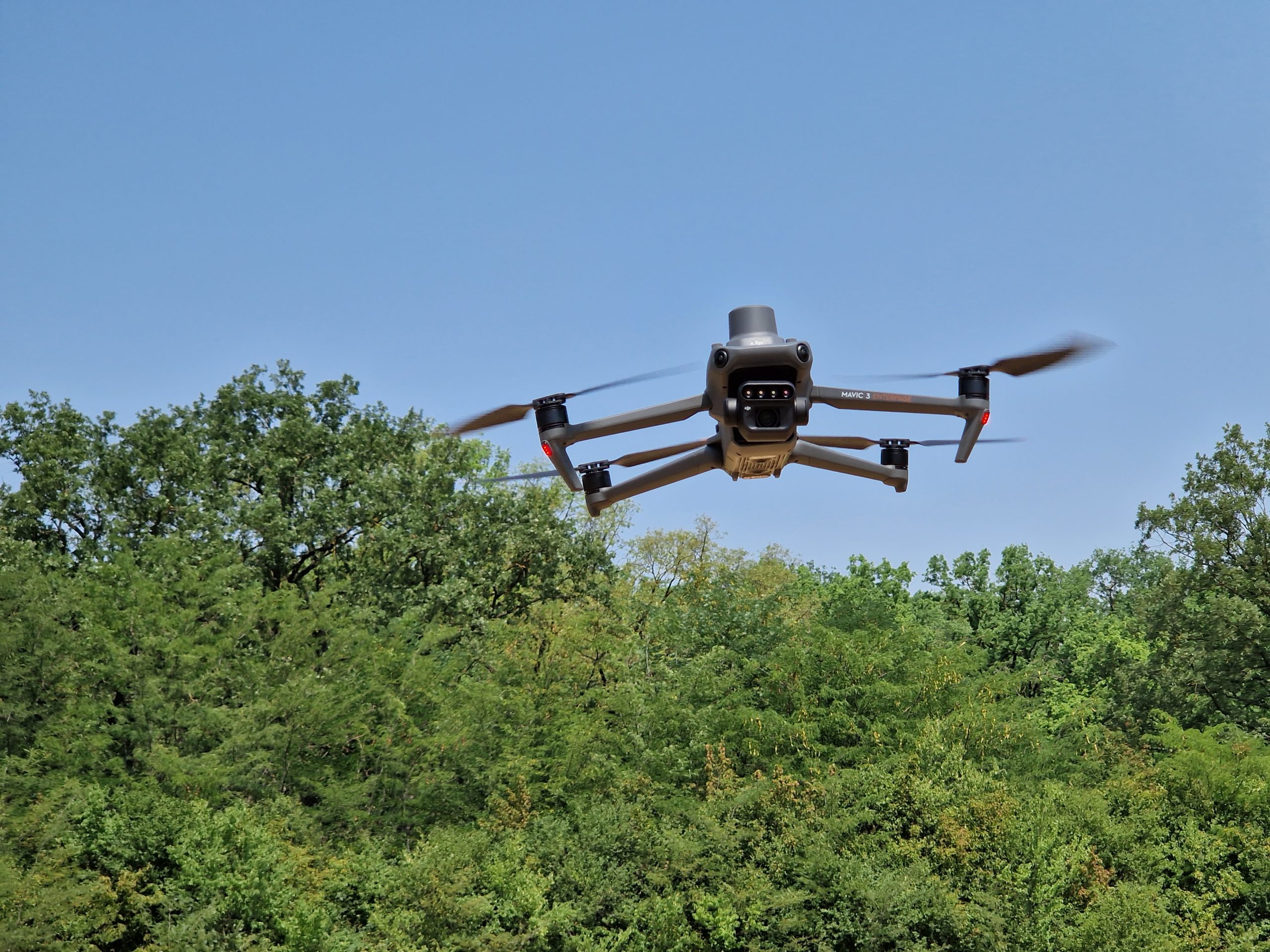
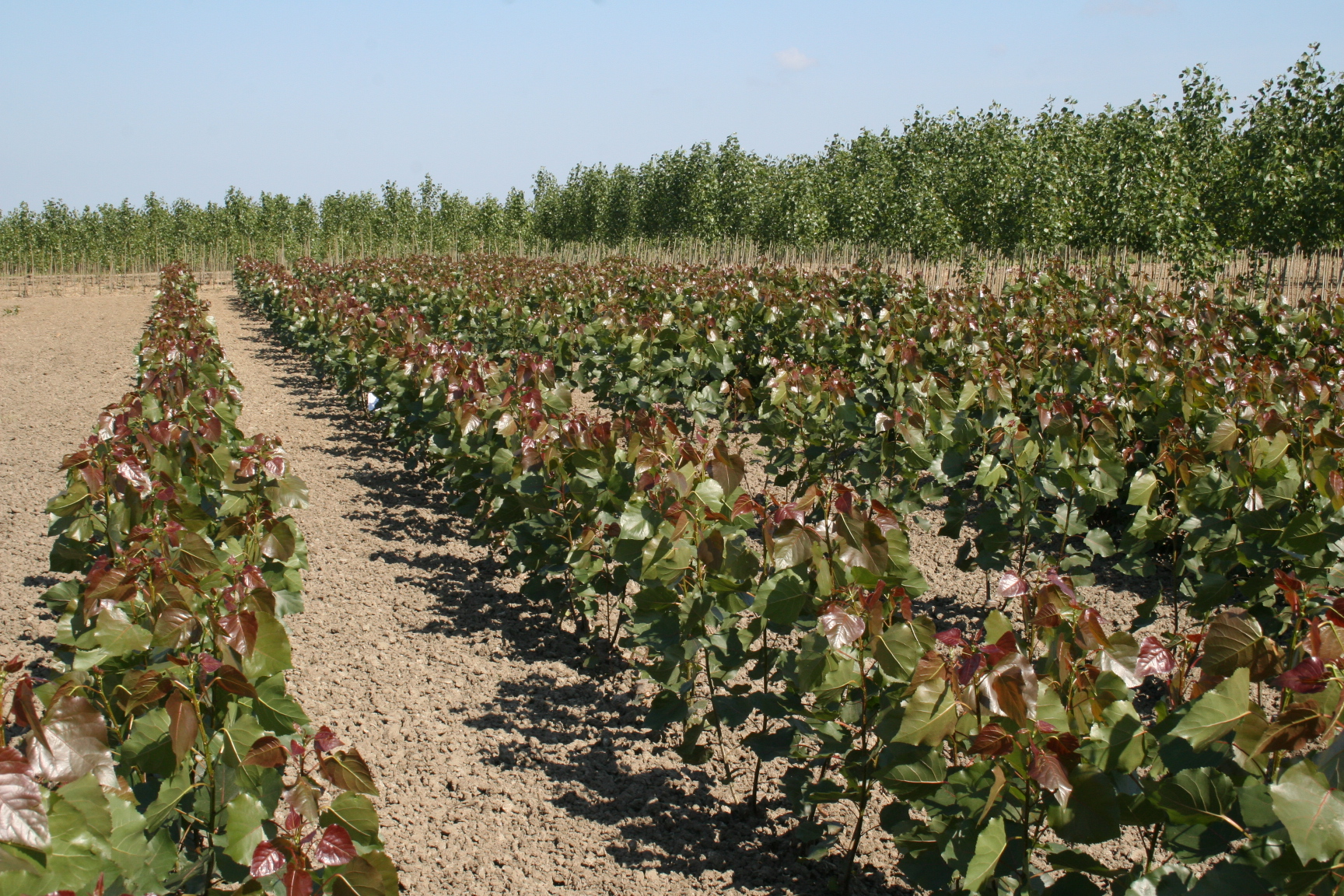
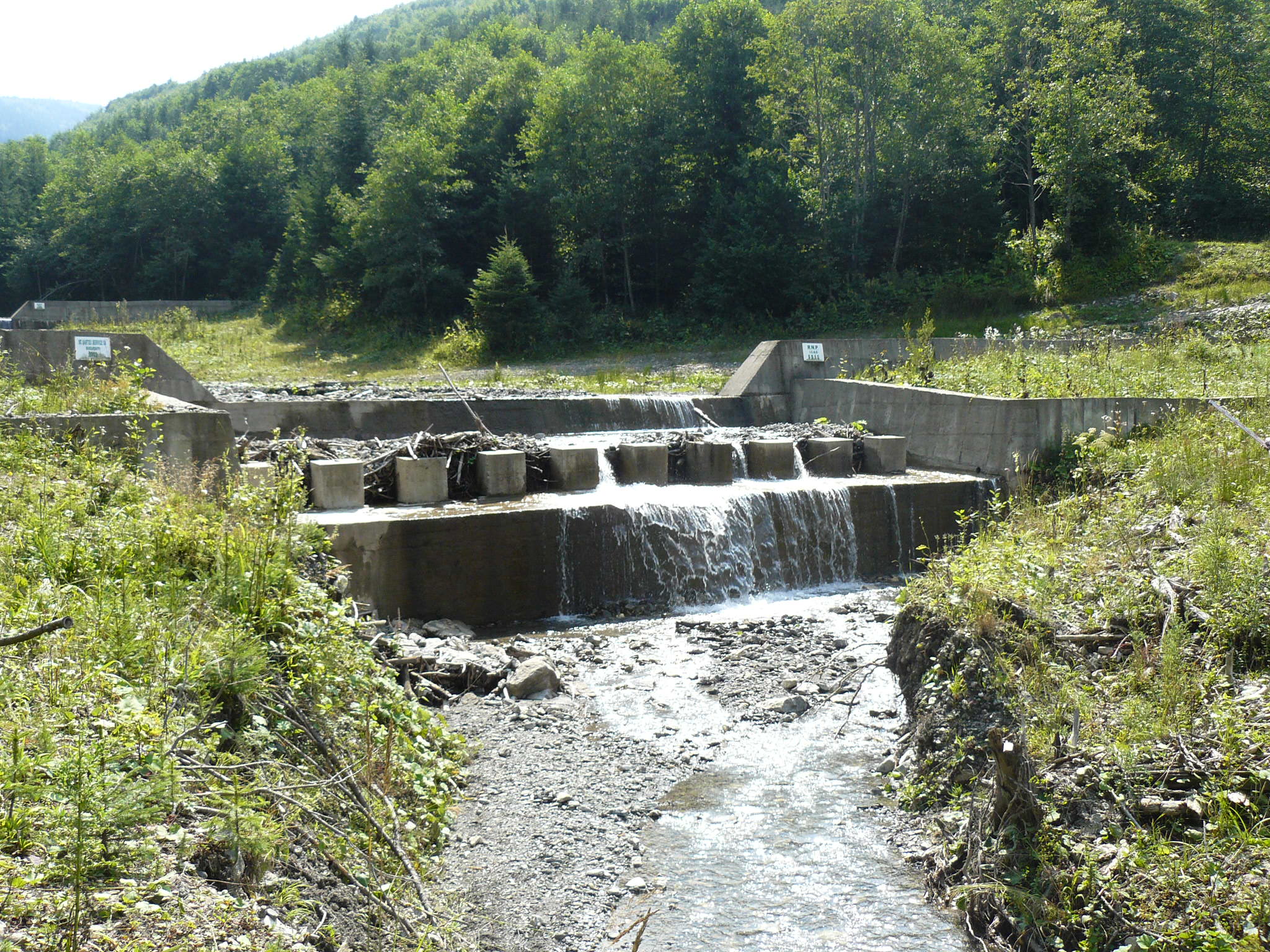
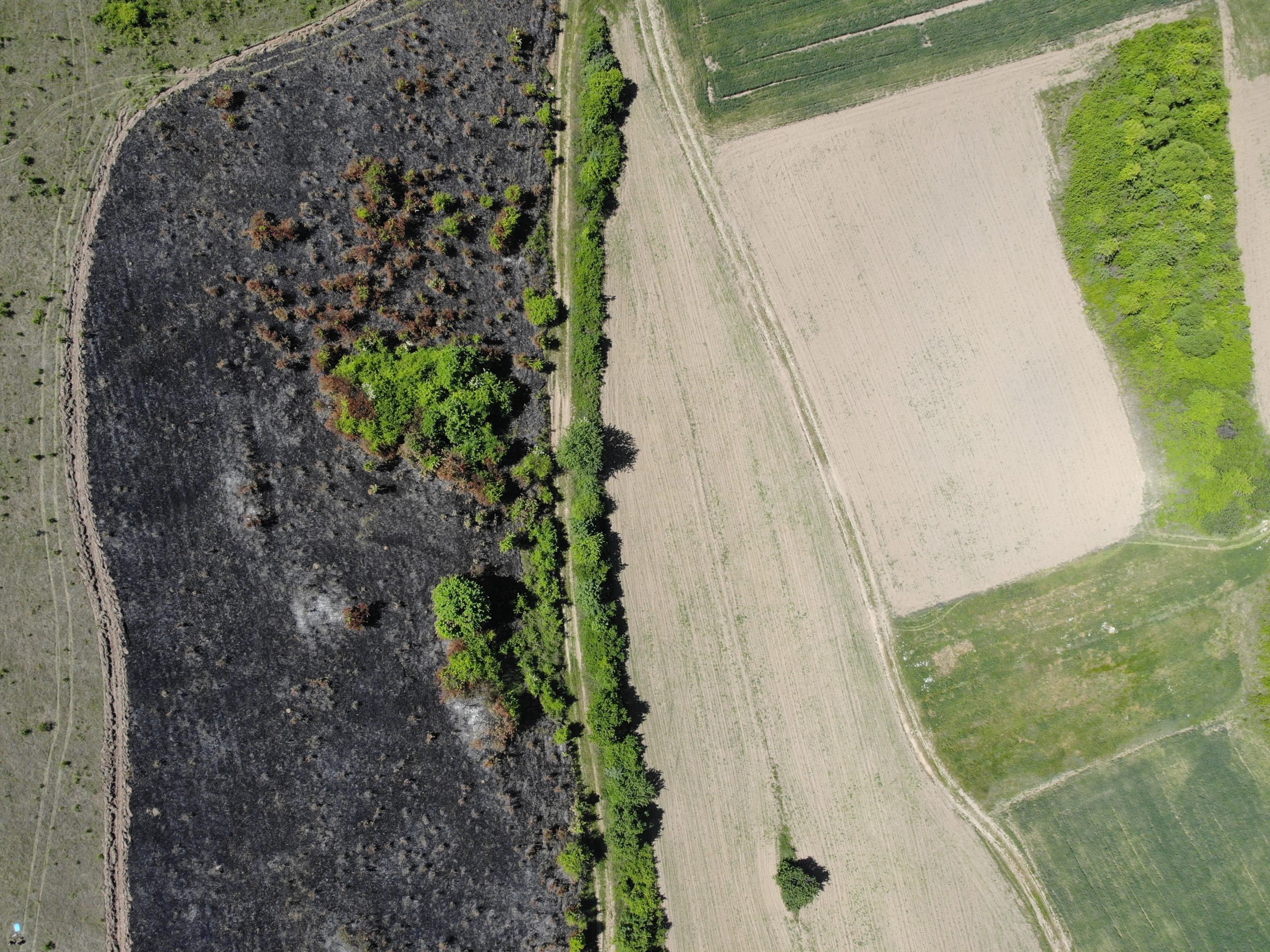
- Elaboration and application of specific technical guidelines regarding the establishment of protective shelter-belts (selection of species, transfer of technologies for their installation and maintenance).
- The development and transfer of new, specific technologies for the care, management and regeneration of forests (management regime, production cycle, silvicultural treatment method, age of exploitability, etc.).
- Carrying out studies and creating databases regarding the state of works for the development of torrential hydrographic basins.
- The development of technical guidelines and the creation of the inventory of the works in the improvement perimeters of degraded lands (ruined, affected by landslides, pollution, etc.).
- The implementation of technologies for the establishment of agroforestry crops and the evaluation of the impact on the environment, as well as on the development and diversification of economic activities in the rural environment.
- Adapting the care and management of stands, as well as regeneration cuttings, to the changes produced by changing environmental conditions.
- Monitoring and promoting technical solutions to increase the efficiency and duration of hydrotechnical works.
- Introduction and use of poplar seedlings in plantations.
- The establishment of mother plant cultures at poplar and willow growing units.
- Care, maintenance and management of plantations in order to stimulate fruiting.
- The introduction into culture of poplar and willow species/clones with superior silvoproductive potential and increased resistance to adversities.
- The regeneration under the massif and the introduction to the shelter of the massif of some valuable native species, in stands close to exploitability located on degraded lands.
- Optimizing management measures and exploitation technologies, developed on an ecological basis, to obtain sustainable forest products from certified forests.
- Optimal solutions and specific technologies for the ecological reconstruction of forest lands, forest management planning
- Torrential hydrographic basins, the reforestation of degraded lands unsuitable for agriculture and the realization of the national system of shelter-belts for the protection of fields and communication routes.
- Development of new, improved methods based on appropriate measures to combat forest diseases and pests.
- Elaboration of technical guidelines regarding the application of phytosanitary treatments with products accepted by the European Union and the evaluation of their effectiveness.
- The development of new methods of forecasting and integrated combating of forest diseases and pests based on the application of appropriate silvicultural measures and the use of biological preparations with low environmental impact.
- Improving the methods of detecting, monitoring, preventing and combating forest pests and diseases.
- Application of herbicides in nurseries and forest plantations.
- Monitoring the dynamics of Lymantria monacha populations in the resin groves, in order to signal in due time the appearance of defoliator gradations.
- Combating seminophagous pests of deciduous trees.
- Supervision of the infestation with carob species in the areas taken over from the agricultural sector in order to combat them and carry out the ecological reconstruction through afforestation.
- Integrated control of stem pests of resinous trees in areas affected by felling and wind or snow damage.
- Detecting, predicting and combating the defoliating beetle Stereonichus fraxini.
- Implementation, use and improvement of the “LYDIS” system for forecasting infestations with the defoliator Lymantria dispar.
- Carrying out works to combat defoliators in deciduous forests.
- Preventing and combating diseases in forestry crops.
- Testing of products for forecasting and preventing insect attacks (synthetic pheromones).
- Development of tested biological products for the control of diseases caused by different pathogens in forests.
- The development and transfer of methodologies for estimating the state of forest health by means of remote sensing and multi-criteria decision systems based on GIS analysis.
- Building geospatial databases and landscape maps in digital format.
- The implementation and exploitation in the GIS system of the management databases in forest management planning.


